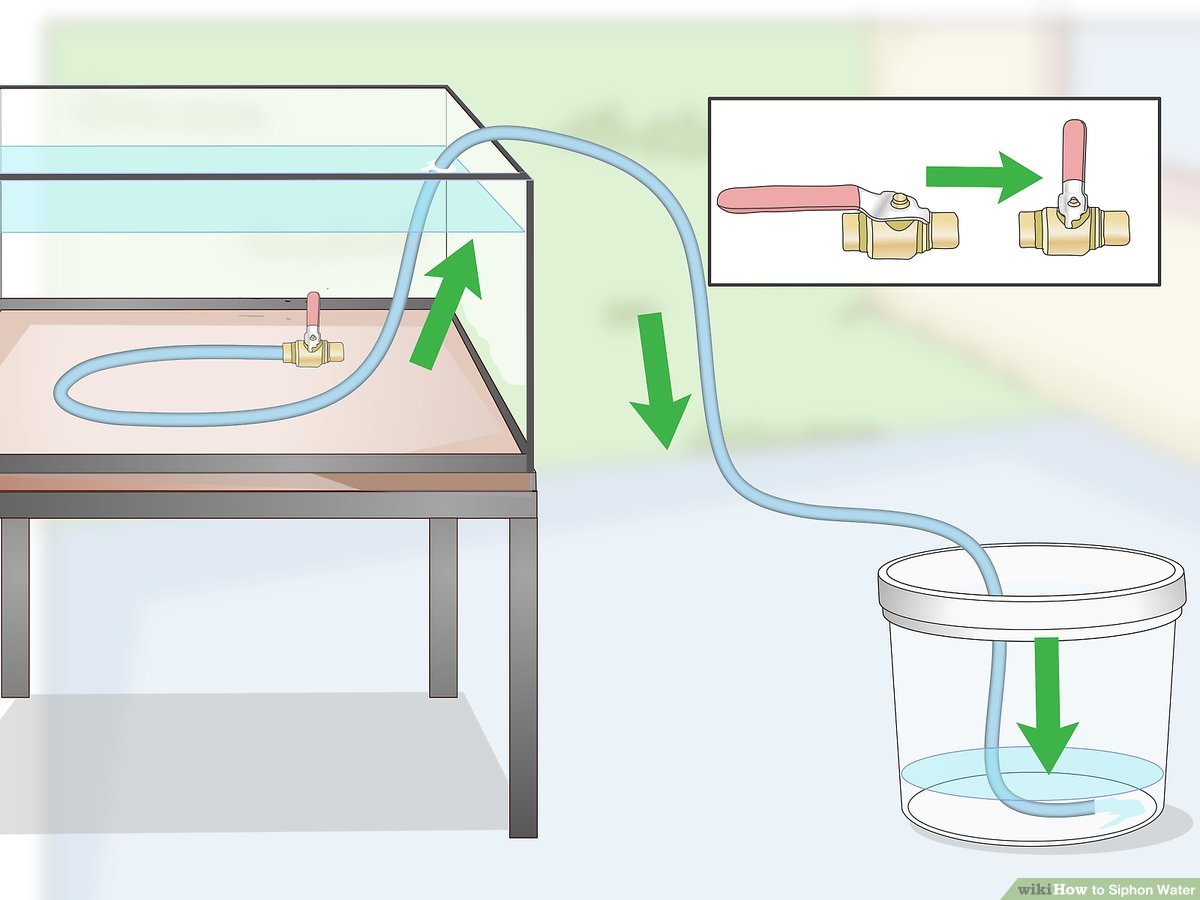Introduction
Siphoning a pool with a garden hose is a practical and cost-effective method to drain your pool water without expensive pumps or equipment. Whether you need to lower the water level or completely empty the pool for maintenance, using a garden hose leverages basic physics to get the job done efficiently. This guide will walk you through the process, highlight essential tips, and address common questions to ensure you siphon your pool water safely and effectively.
What Is Siphoning and How Does It Work?
Siphoning is a method of moving liquid from one container to another using gravity. In the context of a swimming pool, it involves creating a continuous flow of water through a garden hose from the pool to a lower area, such as a drainage spot or garden.
The Science Behind Siphoning
- Water moves from a higher elevation (pool) to a lower elevation (drain area).
- The hose must be filled with water initially to create a continuous flow.
- Gravity pulls the water through the hose once the siphon starts.
Understanding this principle helps you set up the siphon correctly and avoid interruptions.
Step-by-Step Guide to Siphoning Your Pool with a Garden Hose
What You’ll Need:
- A standard garden hose (at least 25 feet long)
- Access to a drain or lower ground outside your pool area
- A bucket (optional, to help with priming the hose)
Steps:
- Submerge the Entire Hose: Place the garden hose fully into the pool, ensuring it fills completely with water to avoid air pockets.
- Seal One End: Cover one end tightly with your thumb or a cap to prevent water from escaping.
- Remove the Hose from the Pool: Carefully pull the sealed end out of the water, keeping it lower than the water level in the pool.
- Place the End in the Drain Area: Position the free end of the hose in the lower drainage point, such as a garden bed or storm drain.
- Release and Start the Flow: Remove your thumb or cap from the hose end. The water should start flowing due to gravity.
If the water doesn’t flow immediately, gently suck on the end of the hose to start the siphon, but avoid ingesting pool water. Alternatively, use a bucket to pour water through the hose to prime it.
Tips for Effective and Safe Pool Siphoning
- Ensure the Drain Point is Lower: The outflow must be at a lower elevation than the pool water level; otherwise, siphoning won’t start.
- Avoid Kinks in the Hose: Straighten the hose to maintain smooth water flow.
- Use Clean Drain Areas: Direct water to suitable locations to prevent flooding or damage.
- Monitor the Process: Keep an eye on the hose and water flow to stop siphoning once the desired water level is reached.
- Avoid Siphoning Contaminated Water into Gardens: Pool water with chemicals should not be drained onto edible plants.
Common Questions About Siphoning Pools with a Garden Hose
Can I Siphon Pool Water Without Drinking It?
Yes. Instead of sucking on the hose, use the bucket-fill method to prime the hose with water, or use a pump designed for siphoning to avoid contact with pool water.
How Long Does It Take to Drain a Pool Using a Garden Hose?
The time depends on pool size, hose diameter, and elevation difference. Typically, it can take several hours to fully drain a medium-sized pool.
Is Siphoning Safe for All Pool Types?
Generally, yes. However, be cautious with pools containing saltwater or special chemicals, as draining water improperly can harm plants or soil.
What If My Hose Isn’t Long Enough?
Use an extension hose or ensure the drainage point is as close and as low as possible relative to the pool. Alternatively, consider using a submersible pump.
Conclusion
Siphoning your pool with a garden hose is a straightforward, economical method to manage your pool’s water levels. By understanding the siphoning process and following the steps outlined, you can efficiently drain your pool without specialized equipment. Always prioritize safety and environmental considerations when choosing your drainage location. With a bit of preparation and care, siphoning can be an effective pool maintenance tool that saves time and money.
